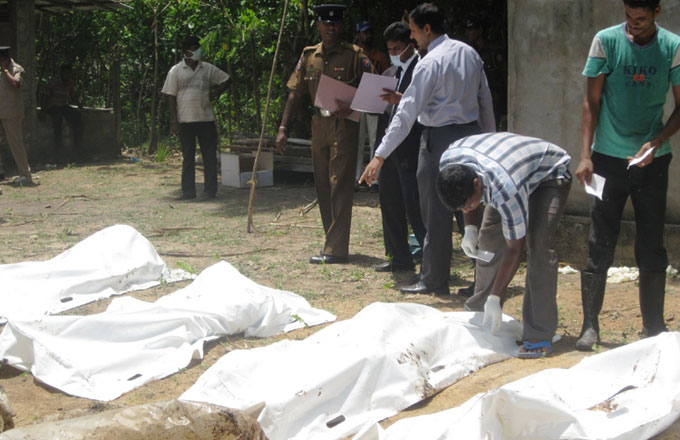
Photo courtesy of Tamilnet.com
by M.C.M.Iqbal - The recent discovery of mass graves at Ganeshapuram in Kilinochchi and at Nachchikuda in the Mannar Districts has been very much in the news during the past weeks. Such finds need not surprise anyone. Following an analysis of satellite images taken during the height of the war, the American Association for the Advancement of Science has already reported that on 19th April , 2009 the images showed the roads in the ‘Civilian Safe Zone’ to be mostly deserted. The images taken on the 24th April, 2009 showed a large grave yard in the same area. The report adds, that the analysis identified three different graveyards, counting a total of 1,346 likely graves. The satellite images can neither reveal if these graves contain civilians or Tamil Tiger fighters.
In the circumstances, it is likely that more and more graves would be discovered, if free access to the area is available to the people and the security forces do not take any steps to obliterate the graves.
That is however only with regard to the graves alleged to be those of the victims of the last war in the Vanni. There could be many more such mass graves in other parts where the war was fought. Many may not know that during the period from 1st January, 1988 onwards, which period the former Commissions of Inquiry into Disappearances of Persons appointed in 1994, had been mandated to conduct inquiries, evidence with regard to a large number of mass graves in several parts of the country came to light. These are graves of suspected Sinhala militant youth, who had chosen to rebel against the government of that time. I use the word ‘suspected’ because it was the finding of the said Commissions that most of those who had disappeared were youth or other persons who had been staunch supporters of the Sri Lanka Freedom Party, who were suspected by the then government, to be members of the Jathika Vimukthi Peramuna. It is therefore no wonder President Rajapakse who was then, just a Member of Parliament, was in the fore front of the agitation of the parents and guardians of the disappeared youth in the Southern Province, to call for a full investigation into these incidents and the culprits brought to book ! It is estimated that nearly 60,000 Sinhala youth had disappeared during the relevant period. Hardly any of them were found. It is likely that many of their bodies are still in the several mass graves in respect of which evidence was made available to the Commissions of Inquiry. Let us see what one of the Reports of a Disappearances Commission has to say on these mass graves –
The phenomenon of mass graves is a macabre pointer to the clandestine nature of the counter-insurgency operations carried out in this period. Their very existence and the recoveries from them bear vivid witness to a complete disregard of the constitutionally guaranteed safe-guard of the physical security of persons in detention.
This Commission listed twelve mass graves about which evidence had been placed before it. Let us see some of the information available about these graves.
One may recall that during the Presidential Elections of 1994, President Chandrika Bandaranaike who was then one of the candidates at the elections, went around speaking about these graves in relation to the disappearances of persons which was a widespread occurrence during those days. She was present at the time the mass grave at Sooriyakanda was exhumed, in an unconventional manner, with much publicity. It was alleged that the bodies of the abducted school children from the Embilipitiya High School were buried there. It was said that over 300 bodies had been buried at this site. The government of the time conducted a forensic analysis but the investigations were said to be unsatisfactory.
The mass graves in Hokandara, Dikwella and Angkumbura had been located in pits carved out by bomb explosions. Some of these graves such as the ones at Wilpita, Akuressa, and others had been located near Army Camps. Others were in public places like highways, as in the case of Hokandara, in public schools as in Essella or a government farm as in Walpita.
The mass graves at Hokandara, Essella, Wavulkelle, Walpita Farm and Ankumbura had also been disinterred on a judicial order. It was in evidence that the people of the area knew the existence of these graves even though they are not known nationally. Yet they had not been acknowledged by the authorities. When some members of the public had made attempts to report on their existence to the Police at that time, the complaints had not been recorded. The disturbing piece of evidence in this regard was that some of the graves had been kept open for a period of time as in the case of the Hokandara Mass Grave. The Judicial Medical Officer who visited the mass grave at Vavulkelle had noted that he saw the fire blazing with logs and tyres which had been used to burn the bodies. There was evidence placed before the Commission indicating that a pile of burning bodies had been displayed at the junction near the Walpita Farm mass grave. It was the same with respect to the mass grave at Essella where bullet ridden bodies of several young men and women had been found lying lined up in a drain near the home of an army officer who had suffered attack by the subversives of the time.
It is interesting to note that several of these mass graves such as the one at Kotawakella, Yakkalumulla, Dickwella, Deniyaya and Akuressa are in the Southern Province, which is the area from which the present day rulers of Sri Lanka hail !
The Report of the Commission referring to these mass graves stated that - 'The phenomenon of Mass Graves bears a significant correlation to the massive number of disappearances that have taken place in the period under review, independent of any identification of a corpse disinterred to a particular person who has disappeared.'
The Commission appointed to inquire into disappearances of persons in the North and Eastern Province do not mention specifically of any mass graves. The security situation at that time in these Province was a deterrent to witnesses complaining or coming forward with evidence against security forces. However the report of that Commission speaks of mass killings at the Eastern University, at Sathurukondan and other places. A few years later, following a bomb explosion that killed a few army personnel at Kokaddicholai, almost all the villagers of Kokkaddicholai were killed and dumped into the pit created by the bomb.
This article will be incomplete if no mention is made of the mass graves found at Jaffna in Chemmani at the Duraiappah Stadium, in the not too distant past.
In July, 1998 a former army corporal who was charged for the rape and murder of a school girl while he was on duty at the Chemmani check point, told a High Court Judge that he knew about a mass grave where about 400 bodies of Tamils were buried. He said that the bodies of those killed by the army were brought to Chemmani, along with people who were to be executed and then buried there.
A mass grave was found 1999 by municipal labourers at the Jaffna Stadium grounds while they were doing three excavations. On the first occasion 8 skeletons, on the next 16 and on the third 25 skeletons were found. It was suspected that those skeletons were those of Tamils killed and buried en masse during the occupation of the Northern Province by the Indian Peace Keeping Force in 1987.
It is not intended to go into the details of all these mass graves at this juncture as it is considered sufficient just to refer to them for the purposes of the theme of this article. One also needs to remember that in the late 1995 bodies of 17 Tamils living in and around Colombo who had been abducted, were found floating in the Bolgoda Lake, the Alawwa oya and the Diyawanna Oya. Following CID investigations into these cases, 21 Special Task Force police officers were arrested along with three civilians and produced before the Chief Magistrate in Colombo and remanded in 1996. But due to reasons better known to the authorities, all but three of these police officers were released subsequently. The three who were indicted before the High Court were also released later and the proceedings against them were suspended.
It should be noted that the mandates of the Commissions on Disappearances did not permit them to investigate into these mass graves that came to their knowledge. So they made the information about them available in their Reports and recommended that the government should investigate into them and bring those responsible to book. That recommendation was never implemented. Consequently the perpetrators became emboldened. Many of them still continue in service with impunity and they could very well be the ones responsible or at least for having played a part in the creation of the mass graves that are being discovered now.
It is significant to note that the graves the Disappearances Commissions mentioned were those of Sinhala youth who were suspected to be militants, while the evidence of graves that are just coming up are probably those of suspected Tamil militants from the Vanni. If the perpetrators of the killings of Sinhala youth could have dealt with members of their own community so brutally, how they would have treated the suspected Tamil militants could easily imagined. The recent history of Sri Lanka has so much evidence of mass graves that one need not be surprised when more and more graves are discovered in the future. Would Sri Lanka ever acknowledge such brutal incidents of mass graves and related killings and provide solace to the to the grieving family members of the victims by way of transitional justice?
M.C.M. Iqbal was secretary to two of Sri Lanka’s “truth commissions”, presidential inquiry panels into the 30,000 or more forced disappearances that took place in the late 1980s and early ’90s in the south, during a dirty war that many believe has yet to run its course. As the South China Morning Post noted in late-2009, Mr. Iqbal knows more than most about the skeletons that are locked away in the government’s closet – enough, he says, for him to no longer be safe in his home country.
© Groundviews
![Reblog this post [with Zemanta]](http://img.zemanta.com/reblog_e.png?x-id=a089e579-63c4-456d-8527-1364e45c4560)

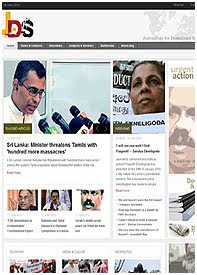

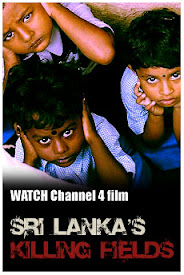

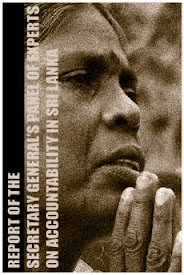



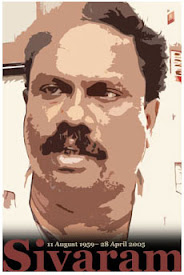

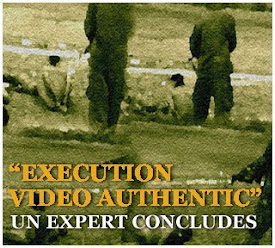

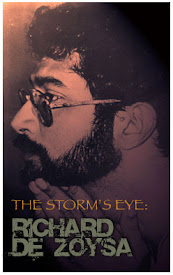

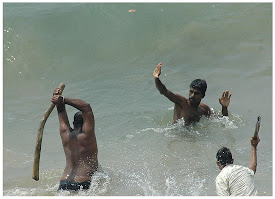
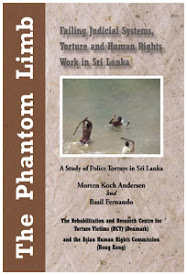
No comments:
Post a Comment